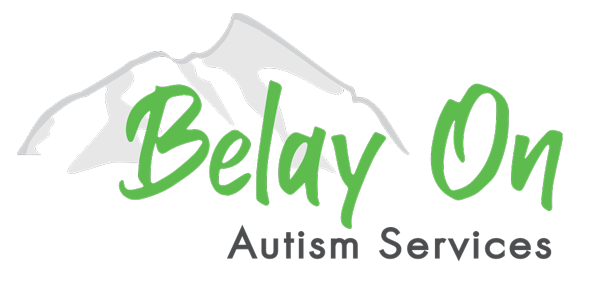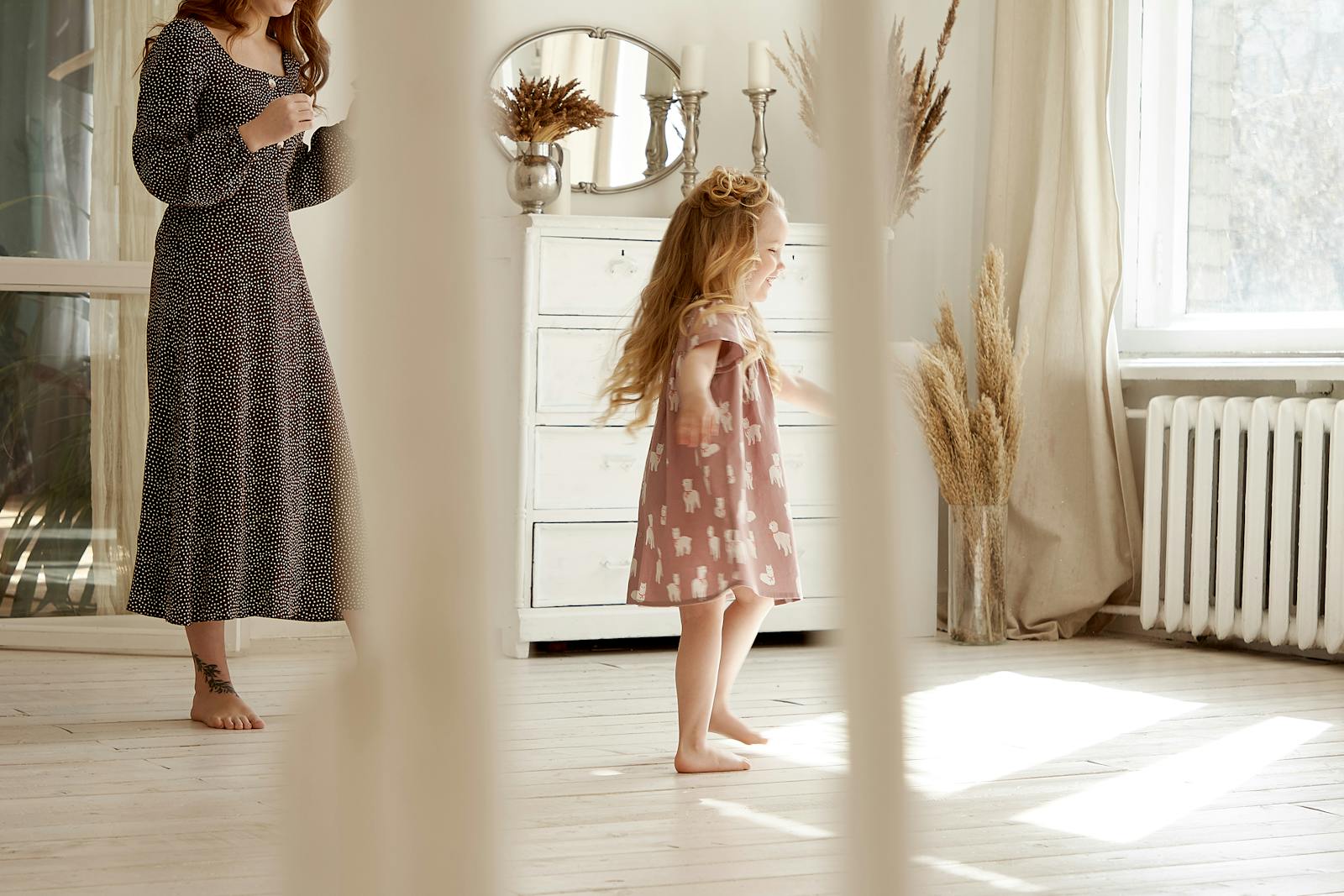When your child is preparing to begin Applied Behavior Analysis (ABA) therapy, one of the first steps is a comprehensive evaluation. This process is designed to gather critical information about your child’s strengths, challenges, and individual needs. For caregivers, understanding what to expect during this evaluation can help ease any concerns and allow you to feel more prepared for the journey ahead.
At Belay On, we aim to provide a clear, supportive experience for families in North Texas. In this blog post, we’ll walk you through what happens during an ABA therapy evaluation and how it sets the foundation for your child’s personalized treatment plan.
Key Takeaways
An ABA therapy evaluation is an in-depth process that assesses your child’s behavior, communication, and social skills.
The evaluation includes interviews, observations, and assessments to create a tailored therapy plan.
Caregivers play a key role by sharing insights and participating in the evaluation process.
The results from the evaluation help design an individualized therapy plan to meet your child’s unique needs.
Initial Consultation and Family Interview
The first step of an ABA therapy evaluation usually begins with an initial consultation and family interview. During this session, the therapist (often a Board Certified Behavior Analyst, or BCBA) will sit down with you to discuss your child’s background, medical history, developmental milestones, and current challenges. This conversation allows you to share your observations, concerns, and goals for therapy.
Expect questions about:
- Your child’s communication skills (verbal and non-verbal).
- Social interactions with family members, peers, and others.
- Behavioral patterns, including any repetitive or challenging behaviors.
- Emotional regulation and responses to various situations.
- Daily routines and how your child handles transitions or changes.
This interview provides a valuable opportunity for you to ask questions, voice concerns, and ensure that you and the therapist are on the same page regarding your child’s needs.
Direct Observations
Once the family interview is complete, the BCBA will begin the observation phase. During this part of the evaluation, the therapist will directly observe your child in their natural environment—whether at home, school, or during a specific activity. These observations are essential for understanding how your child interacts with their surroundings and responds to various stimuli.
You may see the BCBA watching your child’s:
- Behavior in social settings (e.g., how they engage with peers or adults).
- Communication attempts and responses to questions or prompts.
- Ability to follow instructions or complete tasks.
- Emotional reactions to changes in routine or challenging situations.
The goal of direct observation is to gather a full picture of your child’s everyday behaviors and identify areas where ABA therapy can support development.
Functional Behavior Assessment (FBA)
An important component of the ABA evaluation is the Functional Behavior Assessment (FBA). The FBA is used to analyze why certain behaviors occur and what factors influence them. By understanding the purpose behind your child’s behaviors—whether they are trying to communicate, avoid something, or seek attention—the BCBA can design strategies to address those behaviors.
The FBA typically includes:
- Identifying antecedents (what happens before a behavior).
- Observing behaviors (the child’s specific actions or responses).
- Analyzing consequences (what happens after the behavior occurs).
For example, if a child struggles with aggression when transitioning between activities, the FBA will help determine whether the aggression is triggered by frustration, overstimulation, or something else. This insight is critical for designing effective interventions.
Skill-Based Assessments
In addition to observing behaviors, the ABA therapy evaluation may include skill-based assessments. These assessments are designed to evaluate your child’s developmental and functional abilities in areas such as:
- Communication and language skills.
- Social interactions and play.
- Fine motor and gross motor skills.
- Cognitive abilities and problem-solving.
These assessments provide a benchmark for your child’s current abilities and help track progress over time.
Caregiver Feedback and Collaboration
Your input as a caregiver is invaluable during the evaluation process. You know your child best, and your observations are crucial in helping the therapist understand your child’s strengths and challenges.
Throughout the evaluation, you’ll be encouraged to share your thoughts on:
- How your child behaves in different environments (home, school, social gatherings).
- What strategies have or haven’t worked in the past.
- Your hopes and goals for your child’s progress.
This collaborative approach ensures that the therapy plan is personalized and aligned with your family’s goals.
Creating the Individualized Treatment Plan
Once the evaluation is complete, the BCBA will compile all the information gathered into a comprehensive report. This report outlines your child’s current behaviors, strengths, and areas for improvement. Using this information, the BCBA will develop an individualized ABA therapy treatment plan tailored to your child’s specific needs.
The treatment plan may include:
- Goals for behavior modification (e.g., reducing challenging behaviors, promoting positive behaviors).
- Skill development targets (e.g., improving communication, social skills, or self-regulation).
- Strategies for reinforcing positive behaviors.
- Recommendations for therapy frequency and settings (e.g., in-home sessions).
Wrapping Up: Setting the Foundation for ABA Success
An ABA therapy evaluation is an essential first step in helping your child reach their full potential. By gathering comprehensive insights through interviews, observations, and assessments, the evaluation process helps create a personalized treatment plan that addresses your child’s unique needs. At Belay On, we prioritize collaboration with families to ensure that your child receives the highest level of care and support, setting them up for long-term success in both behavior and skill development.
FAQs About ABA Therapy Evaluations
What is the purpose of an ABA therapy evaluation?
The evaluation helps assess your child’s strengths, challenges, and behaviors to create a personalized ABA therapy treatment plan.
How long does an ABA evaluation take?
An ABA evaluation typically takes a few hours over one or multiple sessions, depending on the depth of the assessment and observations required.
What role do caregivers play in the evaluation?
Caregivers provide valuable insights into their child’s behavior, skills, and challenges, which help shape the individualized treatment plan.
What happens after the evaluation?
After the evaluation, the BCBA will develop a treatment plan tailored to your child’s needs, outlining goals and recommended therapy strategies.
Is an ABA therapy evaluation necessary for every child?
Yes, an ABA evaluation is critical for designing a treatment plan that is customized to your child’s specific behaviors and development.
Who is Belay On?
We are a North Texas Autism Services company, providing the best standards of care to children in our community that have been diagnosed with autism. Principally Applied Behavior Analysis, or ABA is the bedrock of our in home services.

